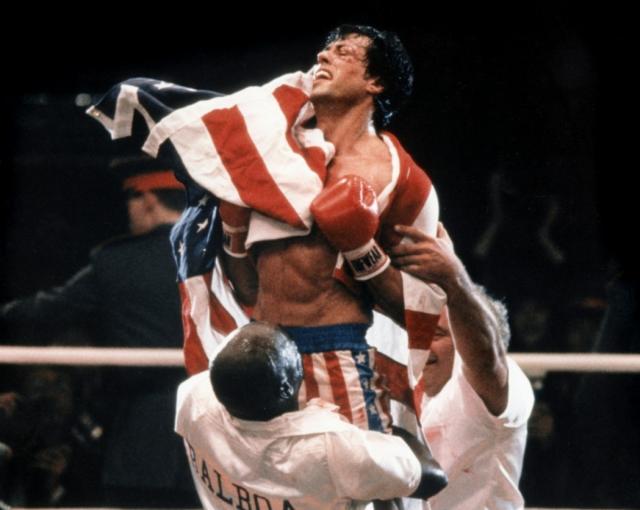
This is the first of four posts presenting ideas that were first shared by Jim Cusson and Jared Meisel at the Path to Purchase Institute’s 2013 Shopper Marketing Expo.
Everyone loves an underdog. From biblical stories like David & Goliath, to 80’s heroes like Rocky (and Rocky 2, and 3 and 4), the underdog has become an integral part of the American psyche. So much so that we even invented an Underdog cartoon character. Yes, we all love an underdog story – that is until we find ourselves as the underdog in a tough situation. How many of us have felt this way at some point in our careers? Going up against established industry heavy weights with huge marketing budgets, it is easy to feel like an underdog.
Recognizing the reality that most brands don’t have multi-million dollar budgets, the Path to Purchase Institute, an internationally recognized authority on shopper marketing, introduced a Small Budget Excellence track at its annual Shopper Marketing Expo. The Institute programmed an entire day of budget-focused presentations.
So is budget a key indicator of success? Is a large budget a requirement to deliver big shopper marketing results? At Theory House, we don’t think so. And we’ll set out over several posts to dispel that myth. A limited budget requires marketers to make tough decisions on how to invest to maximize ROI on marketing spend. These posts will identify four key’s to getting more bang for your buck.
Key #1: Insights are priceless – but they don’t have to be pricey
Insights are the most important starting point for any shopper marketing program. Whether they are category, competitive, retailer or shopper, insights are the essential ingredient to relevance and success. While some brands have dedicated research budgets, our agency’s experience working with middle tier marketers is that investing in research usually requires a sacrifice. It means not investing in something else.
The good news is that getting insights doesn’t have to be pricey. Today’s marketers have more resources for insights at their disposal than ever before. One of the most important criteria for developing insights is to begin with a clear understanding of what you actually need. Before you invest any money into research, clearly articulate what you are trying to learn. And then, start with the resources you already have. Those binders gathering dust on your bookcase may be gold mines of information. Scour the web for free articles and reports relevant to your needs. Also, ask your vendors and partners for research they may have access to. The Path to Purchase offers a treasure trove of valuable information on brands and retailers on its web site.
And don’t forget the all-important discipline of getting out in stores. Even without recruiting specific shoppers, simply observing shoppers in the store can provide insights into shopping behavior and decision-making criteria. If you still have information gaps after you’ve exhausted the resources you have on hand, seek to fill them in a cost effective manner, by using resources specific to your needs.
Looking for insights into how consumers are talking about a category or brand? Social media monitoring resources can be a free or cheap way to gain this understanding. There are lots of great examples out there, like Raven Tools, Sprout Social and Hootsuite. In one location you can monitor social networks for important searches and conversations, post to any or all networks and monitor everything on a single, customizable dashboard.
If you need more specific insights, there are also a lot of cost effective methods available today. Our agency recently sought to identify any significant differences between ice cream and gelato consumers for a new client. Because they didn’t have a budget to conduct research, we engaged a company called Field Agent. The company is a new breed of web or app based research companies who enlists an army of smartphone enabled agents around the country available to do anything from answer questions about a category to go into stores and take pictures of shelf sets.
For about $750 we were able to set up a research screener, recruit candidates and field questions that illuminated some key differences. Some of the interesting nuggets from this study included:
- There tends not to be much crossover between ice cream and gelato consumers – you favor one or the other.
- Both consumers point to texture as the main reason why they pick one over the other.
- Compared to a year ago, the gelato consumer base is growing.
- Gelato consumers are more adventurous, indicating a preference to purchase new and unique flavors.
Key takeaways:
So what are the take aways? A limited budget should not limit your ability to get insights. In fact, a limited budget should force you to be all the more focused on insights. Start with clear understanding of what you want to learn, be resourceful with the information you have and then leverage new insight options to fill your information gaps.
Get in touch and see if our shopper marketing agency Theory House can give your brand a bigger bang for your budget. Our next post in this series will examine how if you can be first in a category, you should strive to be different.




